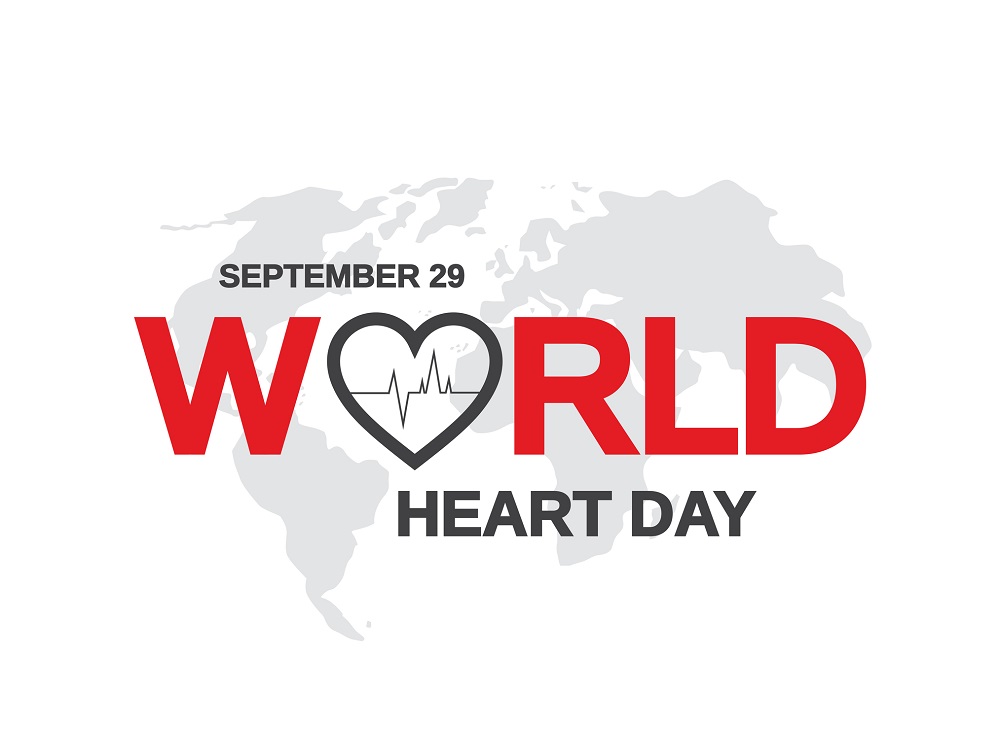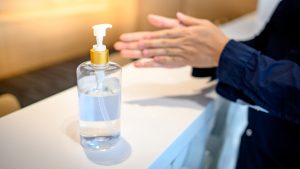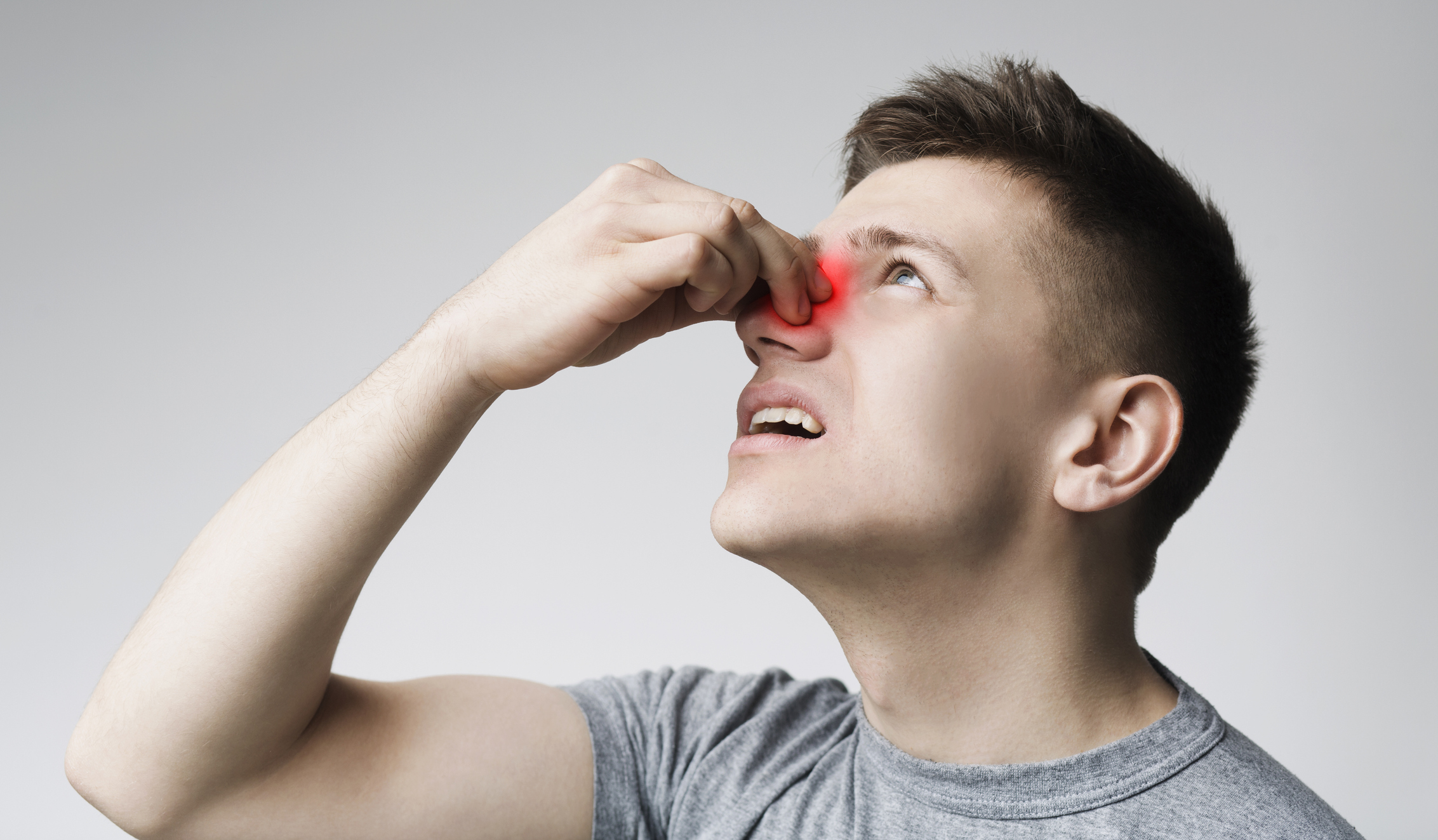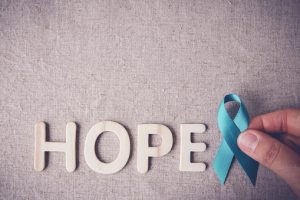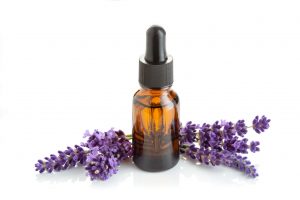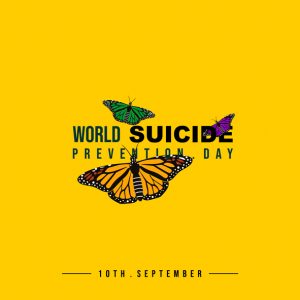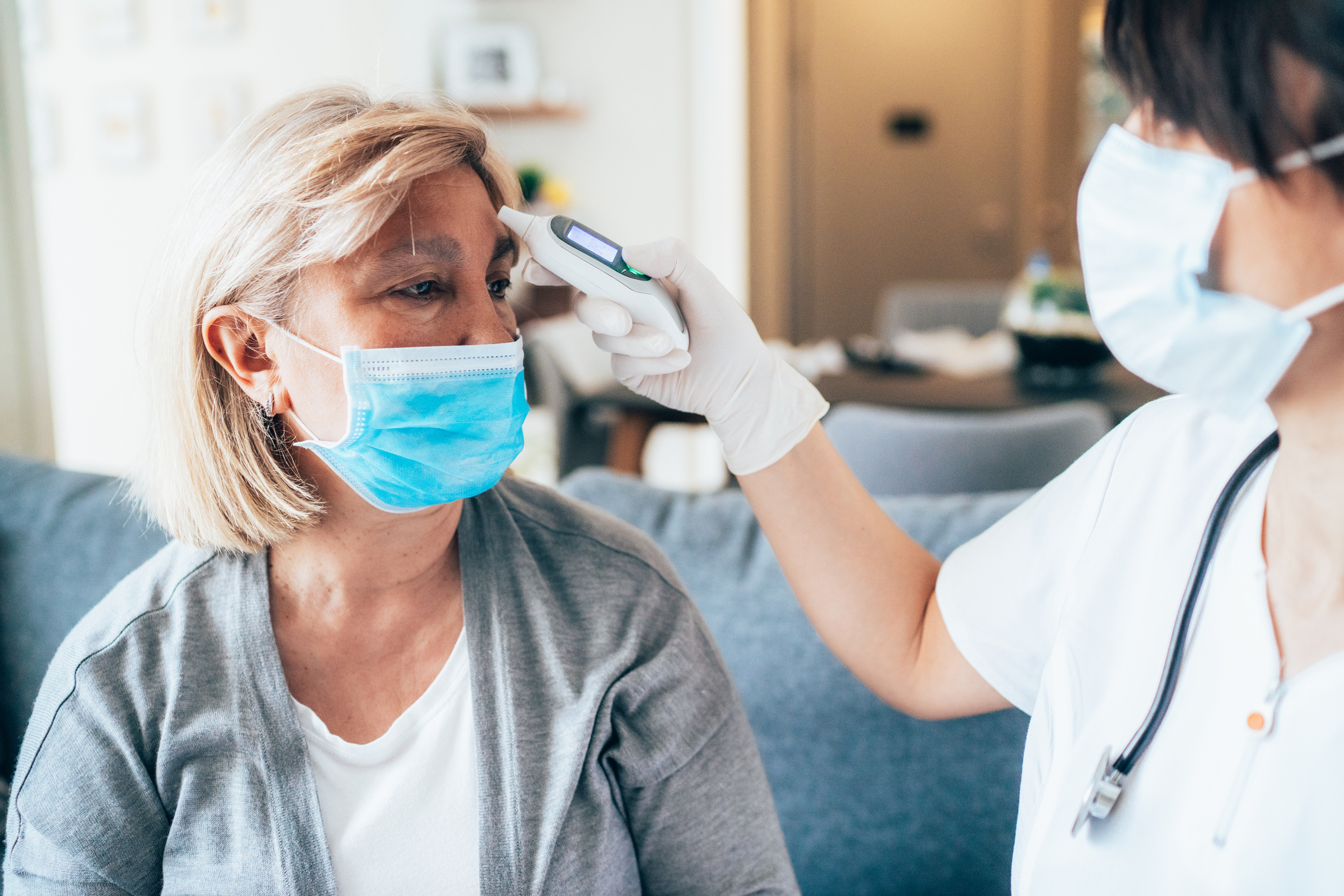 During the early stages of the COVID-19 pandemic, most health authorities were operating under the belief that the virus, while extremely dangerous for some, was a short-term illness. Most young, healthy individuals who tested positive for the coronavirus were told to expect to sustain a variety of symptoms that could last anywhere from two to six weeks.
During the early stages of the COVID-19 pandemic, most health authorities were operating under the belief that the virus, while extremely dangerous for some, was a short-term illness. Most young, healthy individuals who tested positive for the coronavirus were told to expect to sustain a variety of symptoms that could last anywhere from two to six weeks.
Now, however, doctors are seeing a growing number of patients who are enduring lingering symptoms for an extended period of time. These patients are now being referred to as “Long Haulers.”
For long haulers, symptoms of the virus can drag on for multiple months. Some of the most common lingering symptoms include fatigue, muscle and body pain, shortness of breath, dizziness, and headaches. In addition to these physical symptoms, many long haulers are also reporting a variety of cognitive deficits, such as difficulty concentrating or focusing (commonly referred to as mental fog). Other patients may also experience mental health issues such as anxiety and depression.
With nearly a quarter of a million reported cases of COVID-19 in New York City over the past six months, many of the City’s residents are still experiencing the long-term effects of the virus. To help these patients, the MediSys Health Network (comprised of Jamaica and Flushing Hospital Medical Center, the Trump Pavilion for Nursing and Rehabilitation, and a network of community-based MediSys ambulatory care centers) has opened a Post-COVID Care Center in Hollis Tudors, Queens.
At this center, long haulers, as well as others experiencing post-COVID symptoms can receive specialized care from a multi-disciplinary group of qualified physicians. “We were compelled to help those in our community who are still dealing with the effects of the virus” stated Dr. Alan Roth, Chairman of Ambulatory Care and Family Medicine, who added “Queens was considered the epicenter of the coronavirus pandemic in March and April. During that time we treated thousands of patients. While the situation in our community has greatly improved recently, we know that there is still work to be done, including continuing to treat patients living with long-term symptoms.”
The MediSys Health Network’s Post-COVID Care Center provides patients with personalized, comprehensive care, coordinated by a primary care physician, who will work with other on-site specialists, including pulmonologists, neurologists, and psychiatrists, all dedicated to helping our patients better manage their condition.
For more information about our services, or to make an appointment at our Post-COVID Care center, please call 718-736-8204.
All content of this newsletter is intended for general information purposes only and is not intended or implied to be a substitute for professional medical advice, diagnosis or treatment. Please consult a medical professional before adopting any of the suggestions on this page. You must never disregard professional medical advice or delay seeking medical treatment based upon any content of this newsletter. PROMPTLY CONSULT YOUR PHYSICIAN OR CALL 911 IF YOU BELIEVE YOU HAVE A MEDICAL EMERGENCY.

